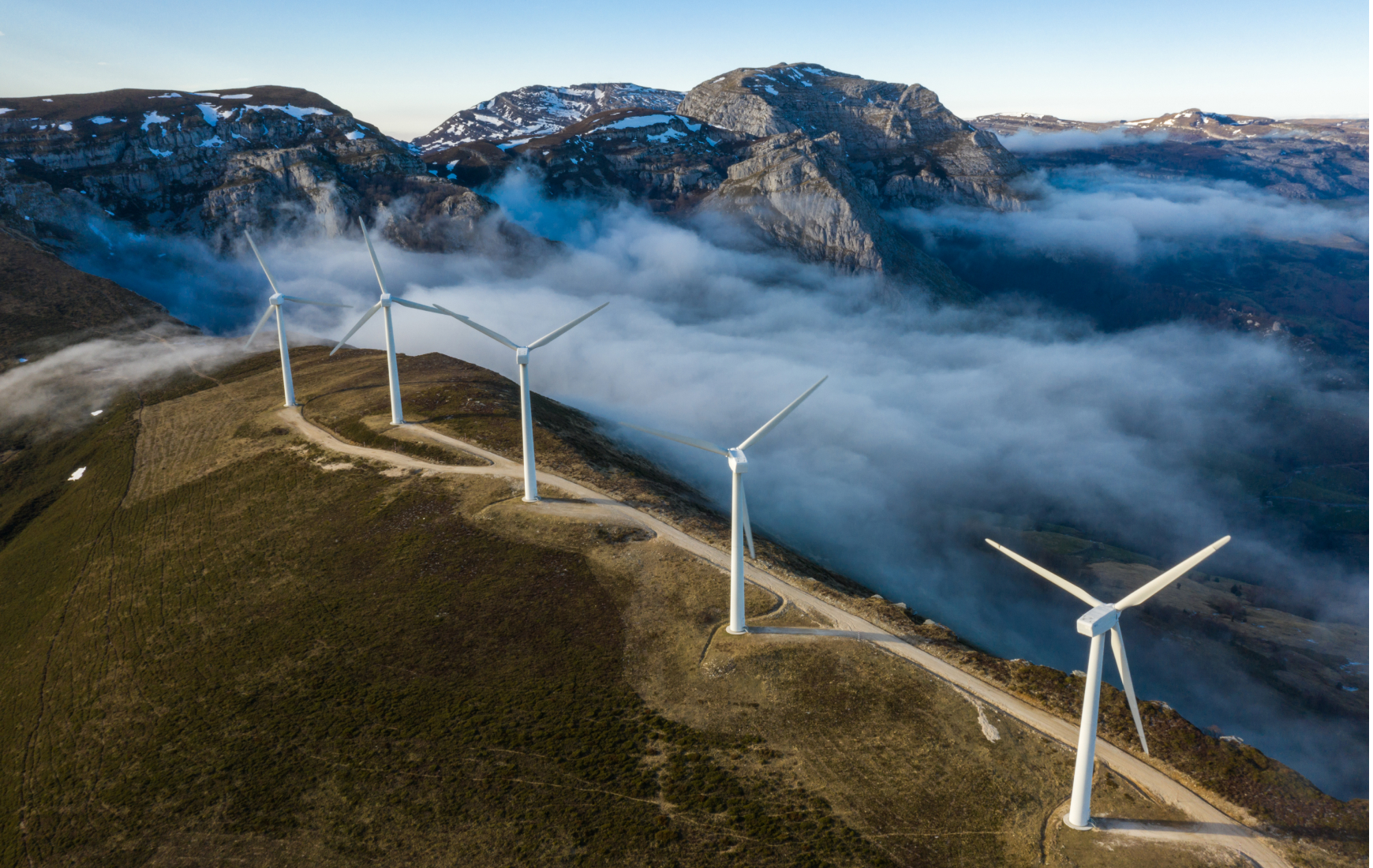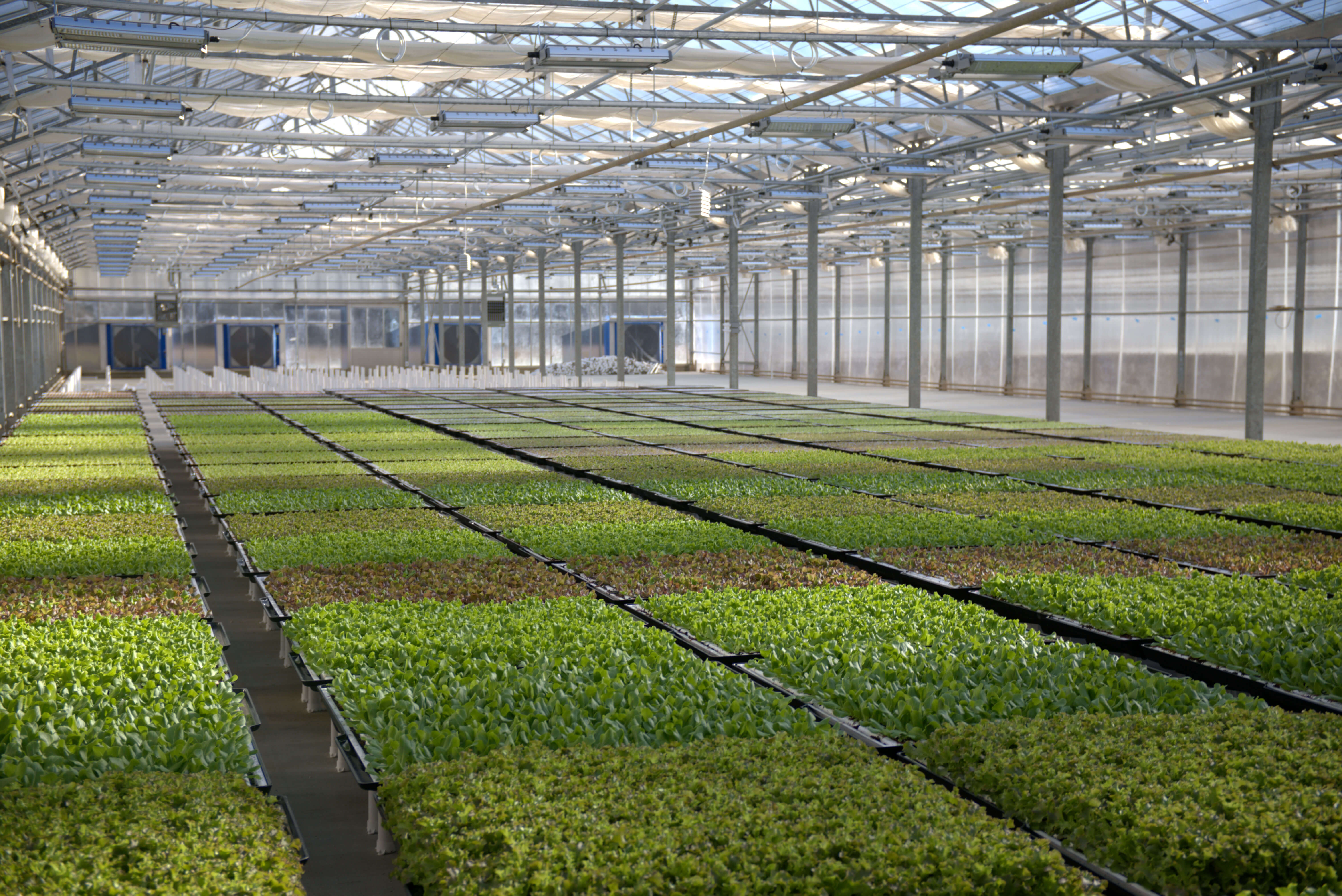Help us innovate climate technology
We’re searching for mission-driven and forward-thinking climate technology entrepreneurs to help us reach net-zero.

The Climate Pledge Fund is a corporate venture program that invests in companies accelerating Amazon’s path to meeting the commitments of The Climate Pledge.

This dedicated program—with an initial $2 billion in funding—invests in visionary companies with a potential for long-term impact.






































Sector focus
We’re looking for companies of various sizes, from startups to well-established enterprises, developing solutions that will help Amazon and others decrease the overall cost of decarbonization.

For 45% of countries transport is the largest source of energy related emissions. For the rest of the countries, it is the second largest source. (Source: un.org)

Electric power generates the second largest share of greenhouse gas emissions. Approximately 60% of our electricity comes from burning fossil fuels, mostly coal and natural gas. (Source: un.org)

The operations of buildings account for 30% of global final energy consumption and 26% of global energy-related emissions. (Source: IEA – International Energy Agency )

One-fifth of the world’s carbon emissions comes from the manufacturing and production sectors consuming 54% of the world’s energy sources. (Source: The World Economic Forum )

The way we live now is using 60% more resources than the Earth can provide and creating too much waste. In a circular economy, things are made and consumed in a way that minimizes our use of the world’s resources, cuts waste, and reduces carbon emissions. (Source: weforum.org)

Without intervention, food system emissions will likely increase by up to 40% by 2050. (Source: un.org)

The world needs to remove roughly 1 trillion tons of carbon dioxide from the atmosphere over the course of this century to keep global warming below the 1.5° Celsius limit set by the Paris Agreement. (Source: IPCC.com)

Only 0.5% of water on Earth is useable and available freshwater – and climate change is dangerously affecting that supply. Over the past 20 years, terrestrial water storage – including soil moisture, snow and ice – has dropped at a rate of 1 cm per year, with major ramifications for water security. (Source: unwater.org)

Rotate screen